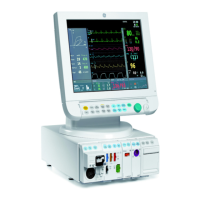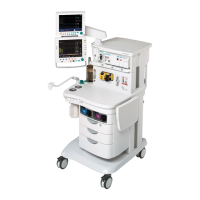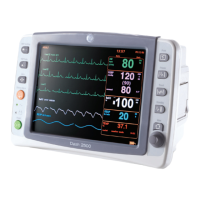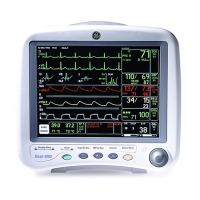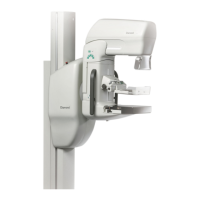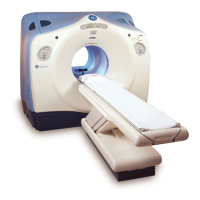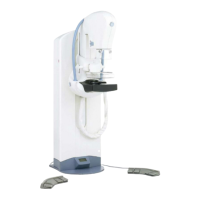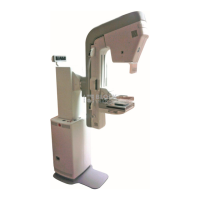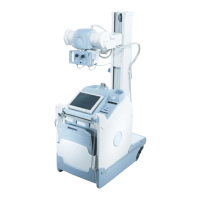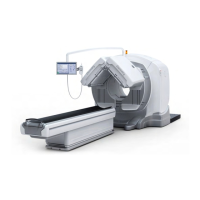System description
15
Document no. M1144951-004
2 System description
2.1 Introduction
Datex-Ohmeda monitors build up a freely configurable modular system. The architecture is
designed to enable different module combinations so that the user is able to get the desirable
parameter and feature set. This modular approach makes it possible to add new features
when they are needed.
2.2 Bus structure
Figure 2 General bus structure of S/5 system
The CPU bus is a communication channel used only for internal data transfer. It is based on the
ISA bus used in IBM PC computers. Data is transferred on this 16 bit wide bus using the CPU
clock frequency.
The module bus is for the parameter modules. The bus is based on the industry standard
RS-485, which uses a differential serial method to transfer data. This type of bus is robust and it
allows parameter modules to be inserted or removed while the power is on. The module bus
uses a 500 kbps data transfer rate.
The RS-485 type of serial communication supports so-called multidrop or party line
connections. This means that all parameter modules connected to the module bus use exactly
the same lines for communication. The advantage of this is that all bus connectors are
identical and the modules can be connected in any order and position.
486
Processor
PCMCIA Serial
Ethernet Sound UPI
Chipset
Display
Controller
486 LOCAL BUS
ISA-BUS
DRAM
Reset
Logic
Non-
Volatile
Memory
Boot
Memory
Code
Memory
Patient
Module
Patient
Module
Patient
Modules
MODULE-BUS
cam_p1_gnrl_bus_strctr_cm.vsd
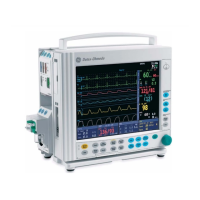
